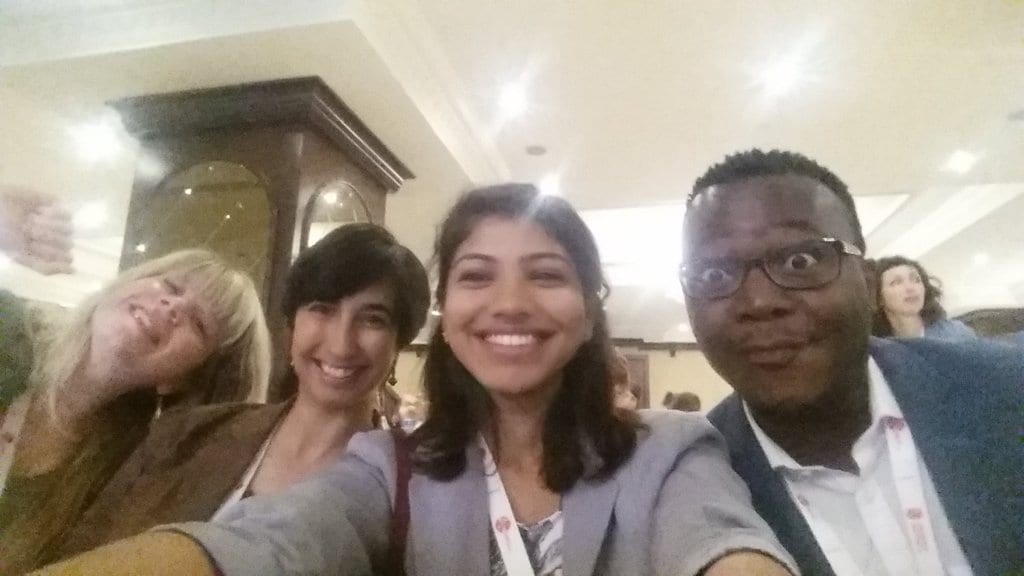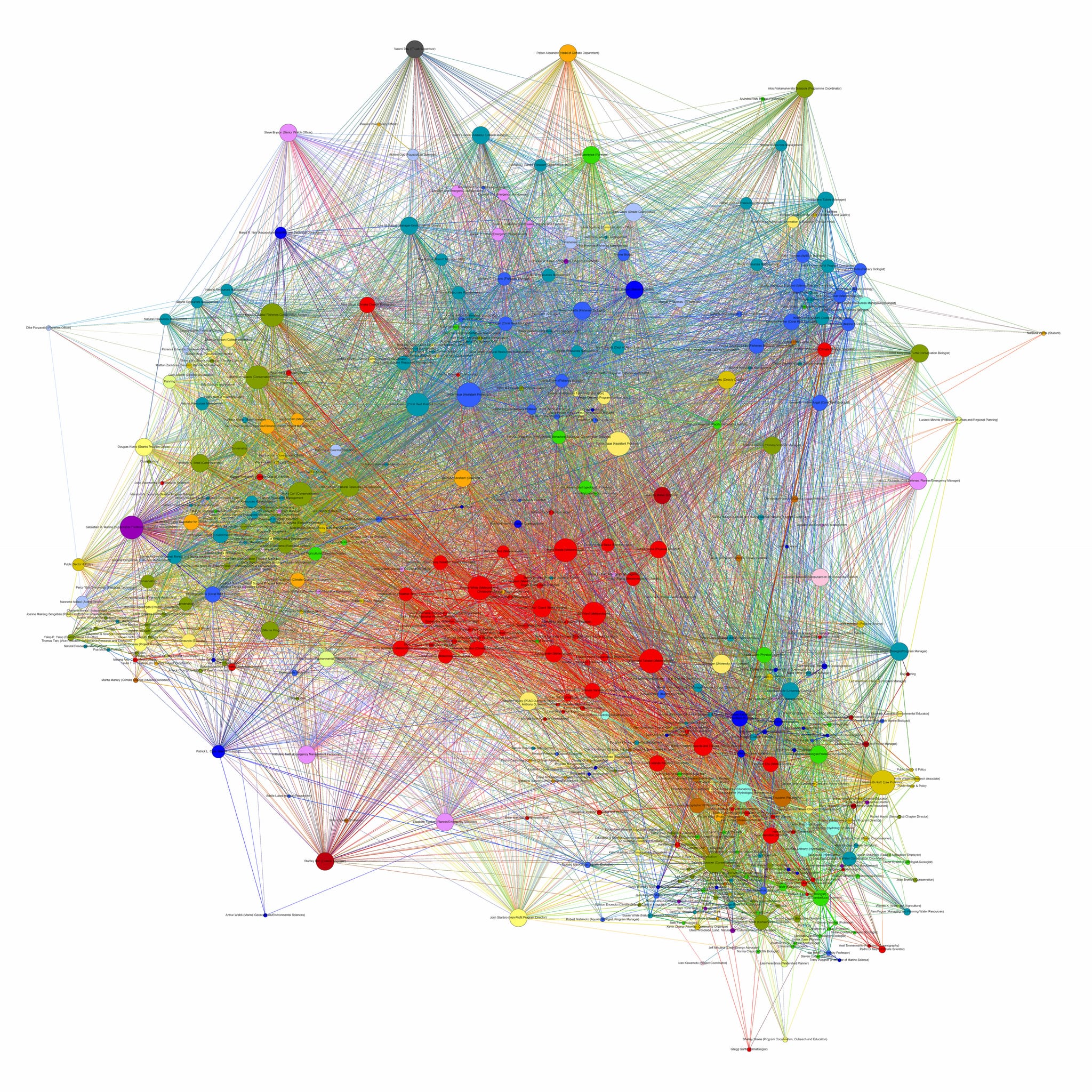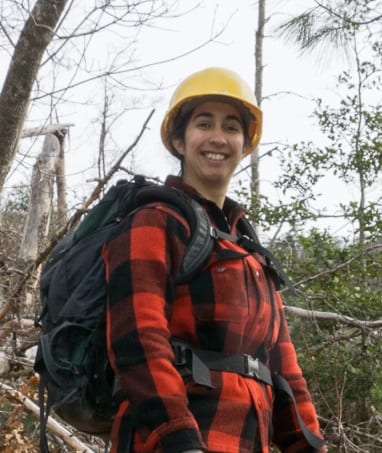Standing on the Bridge:
Thoughts on the Public Communication of Science and Technology Conference 2016
Istanbul, Turkey April 24-28, 2016

A month ago, I was hovering between continents. The Public Communication of Science and Technology Conference (PCST) was taking place in Istanbul, Turkey, and I had the fortune of attending. Istanbul is a city practically drenched in connection metaphors. Bridges across the Bosphorus stitch together Europe and Asia. Skyscrapers face their historic counterparts across the water. At once it is both ancient and modern, straddling two continents, two major religions, multiple empires, and in that moment, the worlds of science and society.
I almost didn't attend. The specter of terrorism kept many away. It came down to a gut analysis of risks and uncertainty– a common thread in science communication itself. PCST president Brian Trench noted in the opening plenary what many scientists struggle to convey: that absolute certainty (and absolute safety) does not exist. “We knew we could not give the complete assurances some people sought, but we considered that the risks to this conference, in this place, were not greater or lesser than in many other places that we might have chosen to go.†Although recent events made the conference smaller and more intimate, it was well worth it for the few who did attend.

This was my first time at an event dedicated solely to science communication. Not a small panel at a science conference, or a workshop hosted by my colleagues, but a large event for professionals, researchers, and practitioners. I am a newcomer to this field, and still a lowly graduate student in the natural sciences, so I wasn't quite sure what to expect. It was a chance to, first, immerse myself in a new professional culture, one with new vocabulary, debates, and norms than the forest ecology realm I usually inhabit. Second, It was a chance to evaluate whether I could fit and thrive here. Was there room for a dancing forest ecologist in this place?
One phrase in the opening plenary gave me an answer: Brian Trench reminded attendees to “insist on an inclusive definition of science communication.†He encouraged us to acknowledge the very broad nature of this field instead of building fences around subdisciplines for journalists, researchers, or museum curators.“Science communication goes well beyond the institutions and the promotion of science; it embraces the comic, the curious, and the critical.â€
This diversity of thought and practice was embodied in the conference group itself. At other professional conferences I've attended, nearly everyone is an academic, sharing research with other academics. At PCST, however, the attendees reflected the many different facets of science communication, with varying goals, audiences, and methods. Although many were academic researchers, there appeared to be just as many practitioners sharing their experiences and ongoing projects.
For some, the goal was to share recent advances in specific scientific fields. Others aimed to create ongoing dialogue between scientists and the interested public. Some goals were not tied to research findings at all–there were programs to encourage young people to consider scientific careers, think critically with the scientific method, or freely wonder about the world. For others still, the aim was simply to dispel misconceptions about scientists and the scientific process itself. Some engaged with children or adults, engineers or farmers. Some used humor, art, or storytelling.
There's no one way to bridge science and society because there is no one “science†and no one “society.†Science itself is composed not only of research findings themselves, but also the people that conduct research, the methods they use, and long histories of knowledge in numerous disciplines. Society in turn may want to learn from science, be entertained by it, make money off of it, participate in it, or ignore parts of it altogether.

PCST showed me that instead of one singular bridge, there are hundreds of threads weaving science and society together. In community ecology, we'd call this a network. On the last day of the conference, Owen Gaffney visualized this with a network analysis of all the different discussion partners during the 2015 Paris climate conference. Dots representing individuals were connected by colored lines to all of the other groups and subgroups they interacted with. The result: a messy multicolored web. Now that sounds like the world of science communication.
Want to know more? You can read my notes on selected conference sessions here.
 Uma Nagendra is a PhD Candidate at the University of Georgia studying how tornadoes change the way trees interact with the soil. When she's not crawling over fallen trees in North Georgia, Uma enjoys aerial circus arts, playing the mandolin, and convincing other people to dance. She serves on the Athens Science Cafe Programming Board, and can be reached at uma.nagendra@gmail.com or followed on Twitter @atinytornado. More from Uma Nagendra. Uma Nagendra is a PhD Candidate at the University of Georgia studying how tornadoes change the way trees interact with the soil. When she's not crawling over fallen trees in North Georgia, Uma enjoys aerial circus arts, playing the mandolin, and convincing other people to dance. She serves on the Athens Science Cafe Programming Board, and can be reached at uma.nagendra@gmail.com or followed on Twitter @atinytornado. More from Uma Nagendra. |
About the Author
- athenssciencecafehttps://athensscienceobserver.com/author/athenssciencecafe/April 17, 2020
- athenssciencecafehttps://athensscienceobserver.com/author/athenssciencecafe/April 12, 2020
- athenssciencecafehttps://athensscienceobserver.com/author/athenssciencecafe/April 3, 2020
- athenssciencecafehttps://athensscienceobserver.com/author/athenssciencecafe/March 30, 2020







